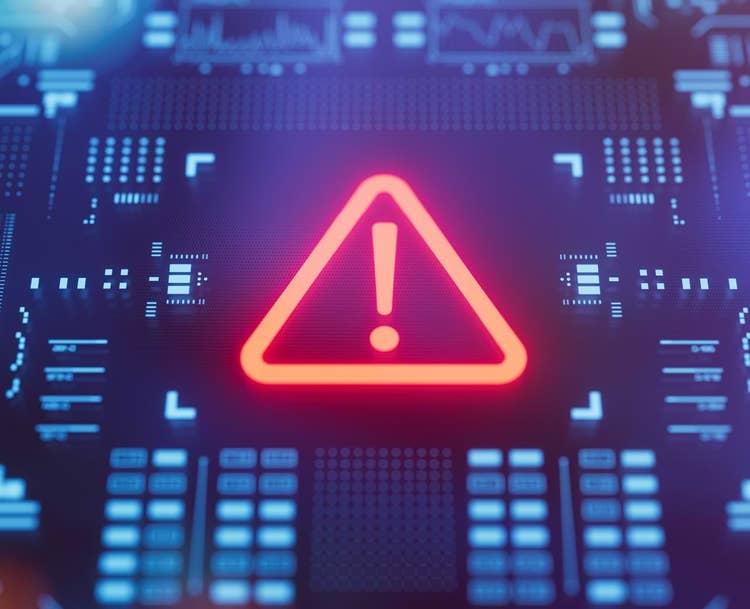Middle market businesses are becoming increasingly aware of the threats around cyber security. But navigating these threats means adapting to constantly evolving legislation and managing risks arising from third-party services.
Underpinned by real-time middle market data and analysis from RSM’s technology risk experts, our cyber security report reveals the measures businesses are taking to safeguard themselves against potential harm.
In an age where cyber threats loom large, awareness is the first line of defence. Recent high-profile attacks have underscored the threat posed by cyber criminals to businesses, forcing companies to become increasingly proactive, equipping themselves with the knowledge and tools to thwart digital dangers. This preparedness is crucial, reflecting a commitment to robust cyber security practices against potential attacks.
Cyber criminals continue to exploit weak points in organisations’ cyber security chains, often targeting third-party services. These services are especially attractive to criminals as the economies of scale they could achieve with a successful attack are plentiful. As a result, businesses must be aware of the risks and potential liabilities if a third-party provider they use is compromised. Clear contractual terms are essential when engaging with third-parties.

As legislation evolves, staying compliant is a moving target that requires constant attention. Organisations must be vigilant, adapting their cyber security strategies to align with the latest regulatory standards throughout their supply chain. This ongoing effort is key to maintaining a secure and legally sound business environment in the face of rapid technological developments like artificial intelligence.



Cyber security insight
Managing third-party risk with cyber security
false
false
false


Cyber security insight
How to stay on top of evolving cyber security legislation
false
false
false
Cyber security podcast
In our latest episode of The Loop, our host Sheila Pancholi, Technology Risk Partner at RSM UK, is joined by Stuart Leach, Cyber Risk Partner at RSM UK, and Alex Sromek, Head of cyber security at SSP Group plc, to discuss the evolving cyber security landscape for businesses. They explore how businesses can enhance their supply chain security and navigate the complex legislative environment and rapid advancements in generative AI.


Manufacturing webinar
Watch our RSM experts discussing the key cyber risks and challenges affecting the manufacturing industry.
true
true
false


UK quarterly economic outlook
Our quarterly economic outlook analyses the conditions of the driving force behind the UK economy, the real economy.
false
true
false


Subscribe to The Real Economy
Subscribe to our mailing list to receive all our economic commentary and analysis directly in your inbox.
false
true
false

